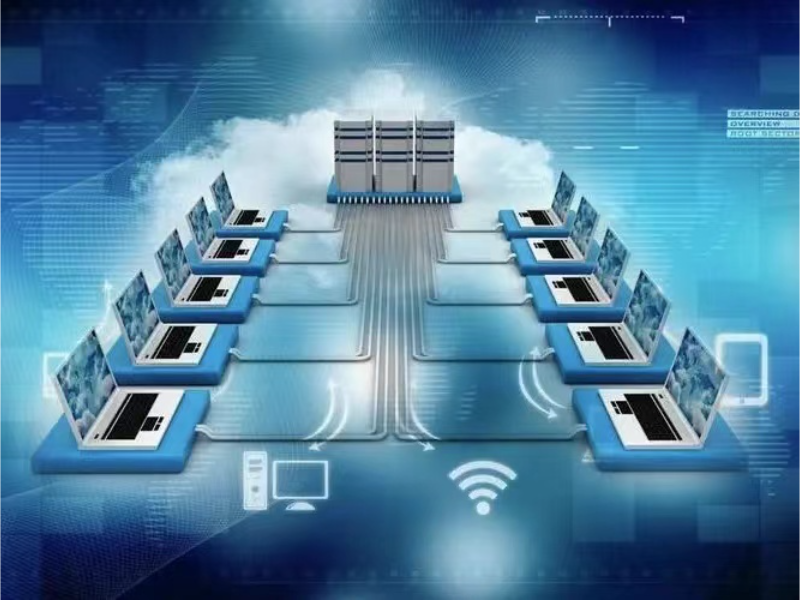- Firmware, software, and hardware are the three essential components of a computer system, each with distinct functions and characteristics.
- Understanding their differences is crucial for troubleshooting and managing computer systems effectively, especially for those in technology-related roles.
There are the distinctions between firmware, software, and hardware, emphasising their individual roles in computer systems and the importance of understanding these differences for effective troubleshooting, system management, and security, especially for those in technology-related professions. It also emphasises the interdependence of these components and the implications of their interactions on the overall functionality and security of computer systems.
The differences between hardware, software and firmware
Hardware, software, and firmware each serve distinct roles in a computer system, with hardware being the physical component, software providing user-accessible programs, and firmware acting as the embedded software that controls the basic functions of hardware devices. There are the differences of hardware, software and firmware:
1. Nature and function: Hardware is the physical component of a computer system, while software and firmware are virtual. Hardware can be damaged by physical factors, whereas software and firmware are more about information and instructions. Firmware is a specific type of software embedded in hardware devices, providing basic instructions for their operation.
2. Location and accessibility: Hardware components are tangible and can be easily identified and replaced. Software and firmware are stored on devices like hard drives or flash drives, with firmware typically residing in read-only memory (ROM) and being less accessible for updates.
3. Upgrades and maintenance: Hardware often requires physical replacement, software can be updated or copied, and firmware updates are less frequent and usually initiated by manufacturers to address critical issues or add features.
4. Troubleshooting and security: Troubleshooting hardware issues can be more straightforward due to its physical nature, whereas software and firmware issues may require more detailed investigation. Security concerns differ, with hardware being less susceptible to breaches, software needing regular updates and security measures, and firmware being less frequently updated but still vulnerable to malware attacks.
Also read: Firmware uncovered: Is it hardware, software, or both?
Also read: 4 types of load balancers: Hardware, software, cloud and DNS
The challenges of hardware, software, and firmware
The challenges of hardware, software, and firmware are multifaceted and interconnected, each presenting unique obstacles that must be navigated to ensure the smooth operation and security of technology systems. Hardware must be designed to be durable, compatible, and sustainable, while also keeping pace with the demands for miniaturisation and increased performance. Software faces the ongoing battle against vulnerabilities, complexity, and the need for interoperability across diverse platforms. Firmware, as the bridge between hardware and software, must be updated carefully to avoid rendering devices inoperable, while also ensuring it remains secure against emerging threats.
The integration of these three components requires meticulous testing and support to guarantee seamless functionality and user satisfaction. As technology continues to evolve, particularly with the proliferation of the Internet of Things (IoT), the challenges become even more complex, demanding innovative solutions and a proactive approach to anticipate and mitigate potential issues. Addressing these challenges effectively is crucial for the advancement of technology and the protection of user data and privacy.

